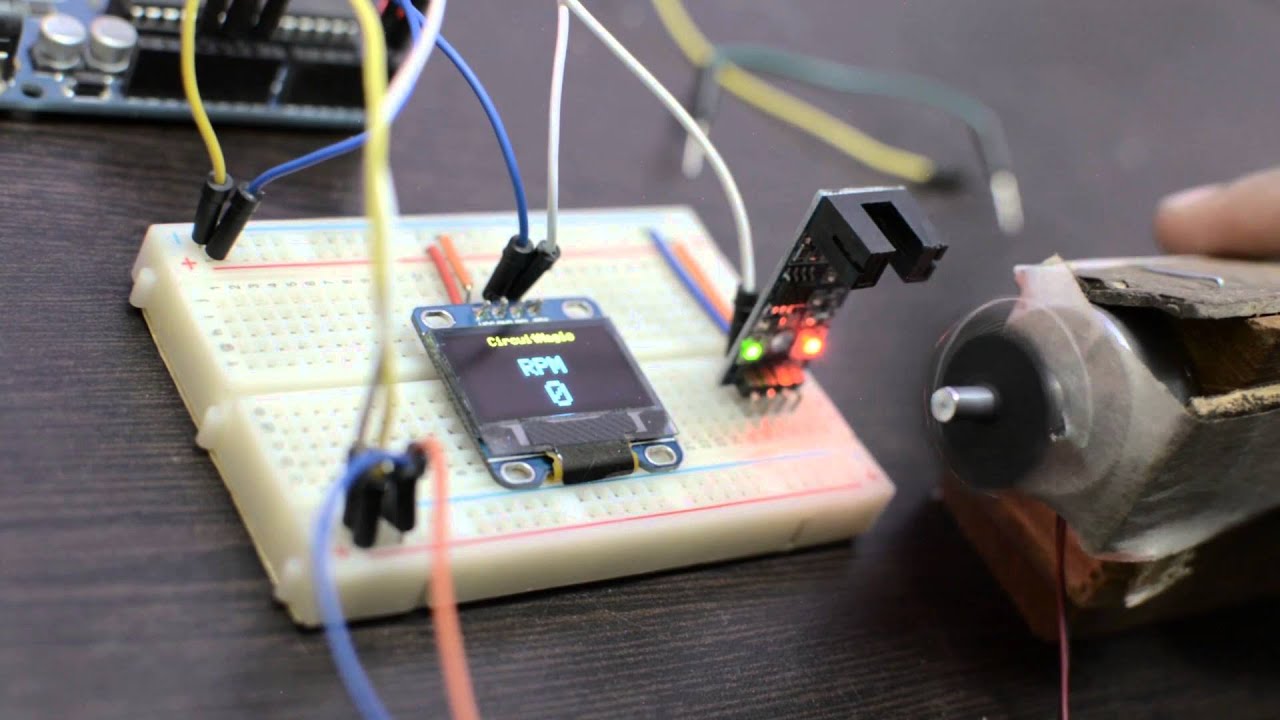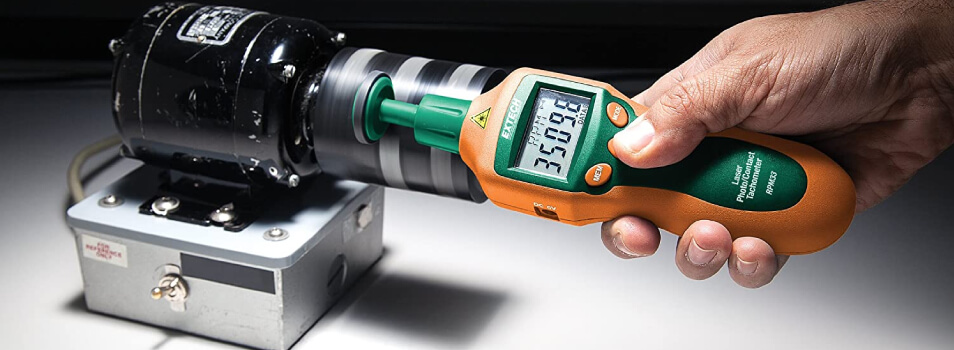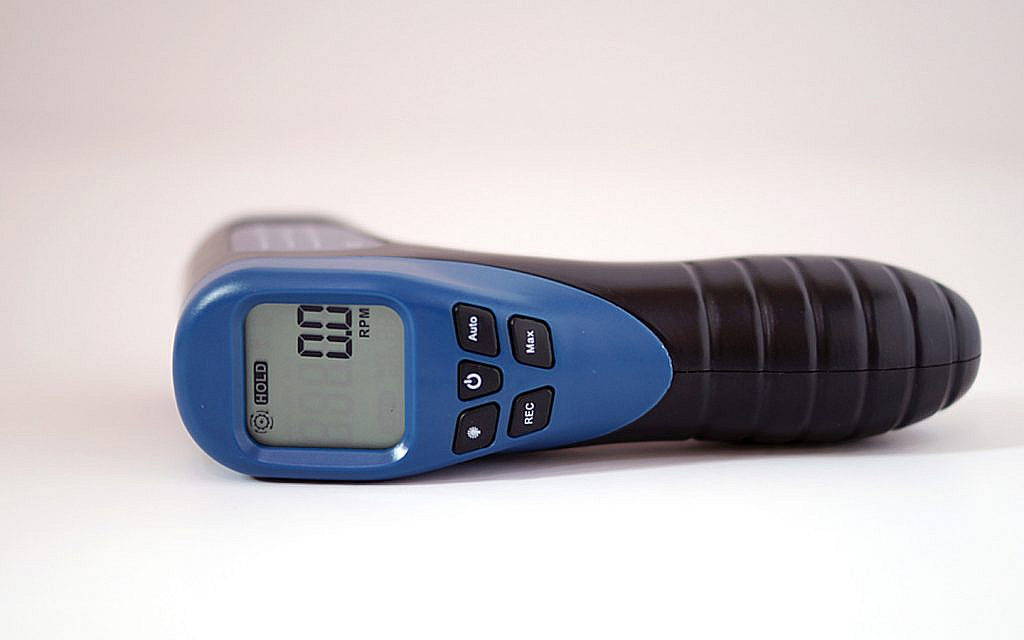In the vast realm of industrial applications, ensuring the optimal performance of equipment is crucial. Among these instruments, the tachometer stands out as an essential tool to measure the rotating speed of a shaft or disk. However, knowing how to test a tachometer with a multimeter is paramount for industry QA professionals. This guide will provide a comprehensive understanding of this process.
A multimeter, known for its diverse functionalities, provides a reliable way to test a tachometer. This ensures that the tachometer reads the RPM (Revolutions Per Minute) correctly, guaranteeing safe and efficient operations.

Understanding Tachometers
What is a Tachometer?
A tachometer is an instrument that measures the rotation speed of a shaft or disk. It provides the RPM, ensuring that machinery operates within safe parameters.
Types of Tachometers
- Mechanical Tachometers
- Digital Tachometers
- Contact Tachometers
- Non-contact Tachometers
The Role of a Multimeter
Introduction to Multimeters
A multimeter is a versatile tool that measures voltage, current, and resistance, among other parameters. It is used widely in electrical and electronic applications.
Why Use a Multimeter to Test a Tachometer?
A multimeter ensures accuracy when testing the output signal of a tachometer, confirming that it provides precise RPM readings.
Step-by-Step Guide on How to Test a Tachometer with a Multimeter
Step 1: Gather the Necessary Tools
Before starting, ensure you have a multimeter, tachometer, and appropriate cables.
Step 2: Safety Precautions
Safety first! Wear protective gear and ensure the machinery is turned off before beginning the test.
Step 3: Connecting the Multimeter to the Tachometer
Connect the multimeter probes to the tachometer output terminals. Ensure connections are secure.
Step 4: Setting the Multimeter
Set your multimeter to the correct parameter (usually voltage or frequency) based on your tachometer type.
Step 5: Running the Test
Turn on the machinery. Observe the multimeter readings and compare them to the tachometer’s display. Both should show similar values.
Step 6: Analyzing the Results
If there are discrepancies, it may indicate a problem with the tachometer or a need for recalibration.
Common Issues and Troubleshooting
Inconsistent Readings
Check for loose connections or damaged probes. Ensure a stable power supply.
Erratic Multimeter Display
Ensure the multimeter is properly set. Check for interference or electrical noise.
Best Practices for Accurate Testing
Regular Calibration
Calibrate both your multimeter and tachometer regularly to ensure accuracy.
Maintain Equipment
Regular maintenance of your tachometer ensures prolonged accuracy and performance.
FAQ
Q1: Can I test any type of tachometer with a multimeter?
A1: Yes, most tachometers can be tested using a multimeter, but always refer to the manufacturer’s guidelines.
Q2: How often should I test my tachometer?
A2: Regularly, especially before critical operations. Periodic checks ensure accuracy and safety.
Q3: What can cause my tachometer to display incorrect readings?
A3: Incorrect readings may result from electrical interference, faulty connections, or a malfunctioning tachometer.

Conclusion
Knowing how to test a tachometer with a multimeter is crucial for industry QA professionals. By following the steps outlined, you can ensure that your tachometer provides accurate readings, ensuring the safety and efficiency of your operations. For more detailed information, you can visit this guide on tachometers.
Additionally, you can find more valuable resources on various inspection techniques like paint and coating inspections, semiconductor inspections, and genetic analysis. Stay informed and keep your equipment in top-notch condition!
